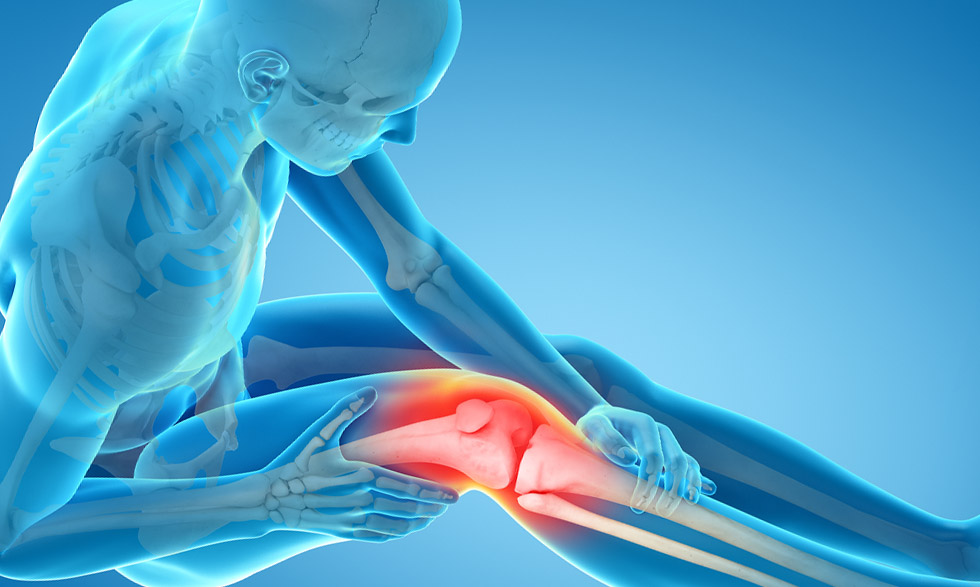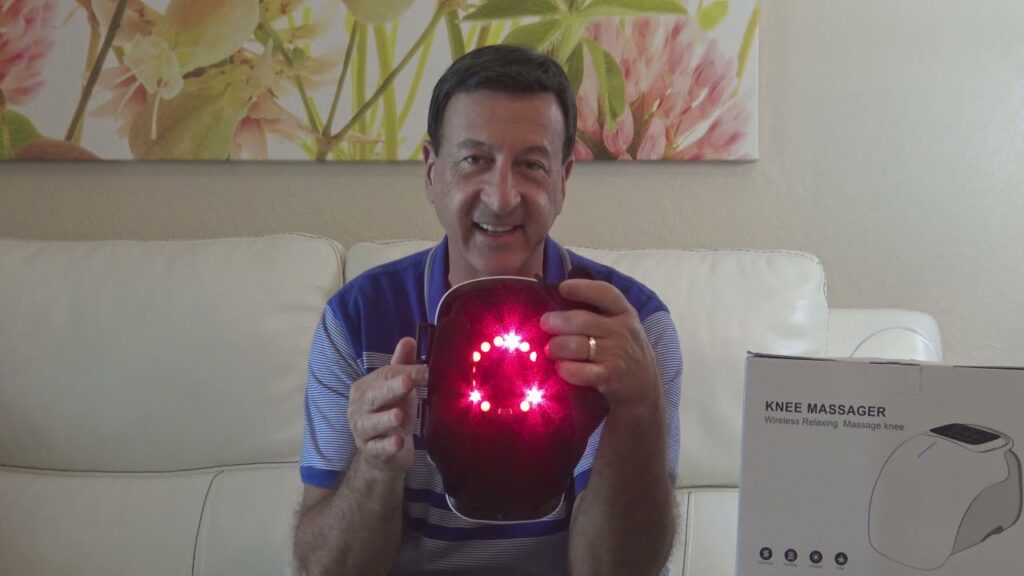Blog
5 Effective Techniques on How to Massage Fluid Out of Knee: Relief with Compression Wrap for Knee
Introduction
Experiencing knee swelling due to fluid buildup can be both painful and limiting. If you’re searching for how to massage fluid out of knee, you’ve come to the right place. This article explores 5 effective techniques to help you reduce knee swelling, including the use of a compression wrap for knee support. We’ll guide you through massage methods and tools that can alleviate discomfort and improve mobility.
Understanding Knee Fluid Buildup
Fluid accumulation around the knee joint, known as knee effusion, can result from:
- Injury: Sprains, strains, or fractures.
- Arthritis: Osteoarthritis or rheumatoid arthritis causing inflammation.
- Overuse: Repetitive stress leading to fluid buildup.
- Infection: Requires immediate medical attention.
Identifying the cause is crucial for effective treatment. Massaging the knee can promote fluid drainage and aid in recovery.

1. Preparing for the Massage
Before starting any massage:
- Consult a Professional: Ensure massage is appropriate for your condition.
- Gather Necessary Items: Massage oil, a comfortable seating area, and a compression wrap for knee.
- Warm the Area: Apply a warm compress to relax muscles and improve circulation.
2. How to Massage Fluid Out of Knee
Massaging the knee encourages lymphatic drainage and reduces swelling. Here are two proven techniques:
Lymphatic Drainage Massage
Steps:
- Comfortable Position: Sit or lie down with your leg supported.
- Light Touch: Use very gentle pressure; lymph vessels are near the skin’s surface.
- Upward Strokes: Gently stroke from the knee upward toward the thigh.
- Repeat Movements: Continue for 10-15 minutes, focusing on promoting fluid movement.
Benefits:
- Stimulates lymphatic system.
- Reduces swelling and inflammation.
- Enhances immune function.
Tip: Avoid pressing directly on the kneecap or areas of acute pain.
Effleurage Technique
Steps:
- Apply Massage Oil: Reduces friction and soothes the skin.
- Long, Gliding Strokes: Use your palms to stroke upward from the lower leg to the thigh.
- Consistent Rhythm: Maintain a steady pace for relaxation.
- Duration: Perform for 5-10 minutes.
Benefits:
- Improves blood circulation.
- Eases muscle tension.
- Facilitates fluid movement away from the knee joint.
3. Utilizing Compression Wrap for Knee Support
After massaging, applying a compression wrap for knee can help maintain reduced swelling.
How to Use:
- Select Appropriate Wrap: Elastic bandages or specialized knee sleeves.
- Proper Wrapping Technique: Start below the knee and wrap upward in a spiral pattern.
- Adjust Tightness: Should be snug but comfortable; avoid cutting off circulation.
Benefits:
- Prevents re-accumulation of fluid.
- Provides support and stability.
- Reduces pain and discomfort during movement.
Advice: Wear the compression wrap during the day and remove it at night unless advised otherwise by a healthcare professional.

4. Enhancing Results with the MONKIKA Knee Massager
The MONKIKA Knee Massager offers an advanced solution to aid in reducing knee fluid and pain.
Features:
- Heat Therapy: Enhances circulation and accelerates fluid drainage.
- Vibration Massage: Relaxes muscles and promotes joint flexibility.
- Infrared Technology: Penetrates deep tissues for effective relief.
Benefits:
- Accelerated Recovery: Combines massage with heat for optimal healing.
- Easy to Use: Adjustable settings for personalized treatment.
- Comfortable Design: Ergonomic fit suitable for all knee sizes.
Why Choose MONKIKA Knee Massager?
- Innovative Solution: Integrates multiple therapies in one device.
- Convenient: Portable and perfect for home use.
- Trusted Brand: Positive feedback from users experiencing knee issues.
Discover the difference the MONKIKA Knee Massager can make by visiting the product page.
5. Post-Massage Care and Tips
To ensure lasting benefits:
- Rest: Allow time for recovery after massage.
- Elevate Your Leg: Prop your leg on pillows to reduce swelling.
- Stay Hydrated: Supports lymphatic function and overall health.
- Gentle Exercise: Engage in low-impact activities like walking or swimming.
When to Seek Professional Help
If symptoms persist or worsen, consult a healthcare provider, especially if you experience:
- Severe Pain: Not relieved by over-the-counter medications.
- Signs of Infection: Redness, warmth, or fever.
- Immobility: Difficulty moving the knee or bearing weight.
Early intervention can prevent complications and ensure proper treatment.

Conclusion
Understanding how to massage fluid out of knee empowers you to take proactive steps in managing knee swelling. By applying effective massage techniques, using a compression wrap for knee support, and incorporating tools like the MONKIKA Knee Massager, you can alleviate discomfort and promote healing.
Don’t let knee swelling hold you back. Experience relief with the MONKIKA Knee Massager today.
Frequently Asked Questions
1. Is it safe to massage a swollen knee?
Yes, gentle massage can help reduce swelling, but it’s important to avoid deep pressure and consult a healthcare professional if unsure.
2. How does a compression wrap for knee help with fluid buildup?
Compression wraps apply consistent pressure, preventing fluid from accumulating and reducing existing swelling.
3. Can the MONKIKA Knee Massager help with knee fluid drainage?
Absolutely, its heat and vibration functions promote circulation and lymphatic drainage, aiding in fluid reduction.
4. How often should I massage my swollen knee?
Start with once daily and adjust based on comfort and results. Always listen to your body and avoid over-massaging.
5. When should I avoid massaging my knee?
Avoid massage if you suspect a blood clot, have an infection, or if massage increases pain. Seek medical advice in these cases.




